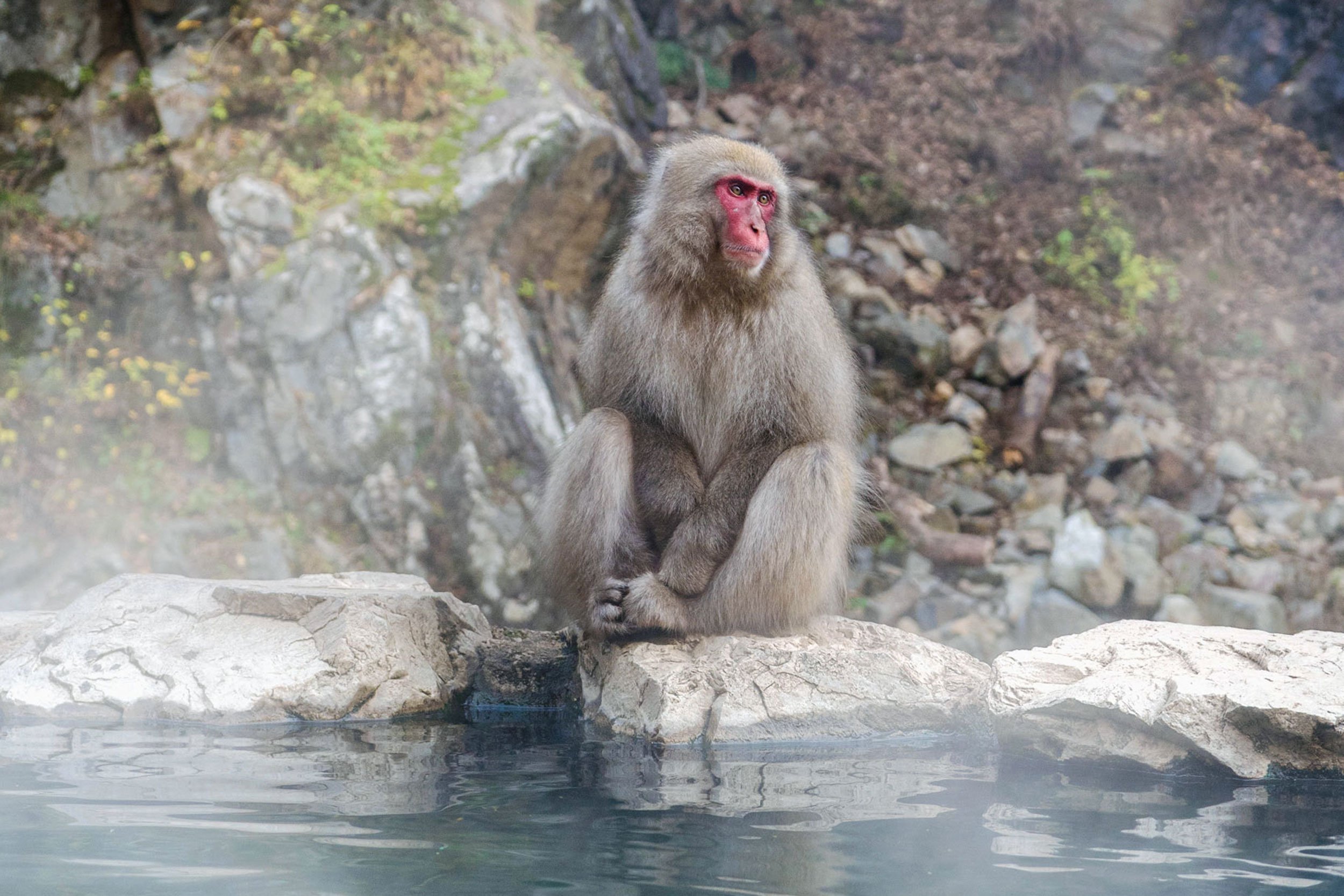Kaga Onsen: Hoshino Resorts KAI Kaga
A nice Kanazawa getaway at the Hoshino Resorts KAI Kaga, an upscale boutique ryokan that lets guest dive into local culture.
Nakano and Obuse
A detour stop in Nakano city, a rural district in Nagano prefecture with amazing apples.
Yudanaka: Snow Monkeys and Onsen
Snow monkeys and onsen hot springs in an old Japanese town in the mountains.
Koshu, Yamanashi: Grapes and Wine Town
A day trip to Koshu, Yamanashi, known for some of the best grapes in Japan.








